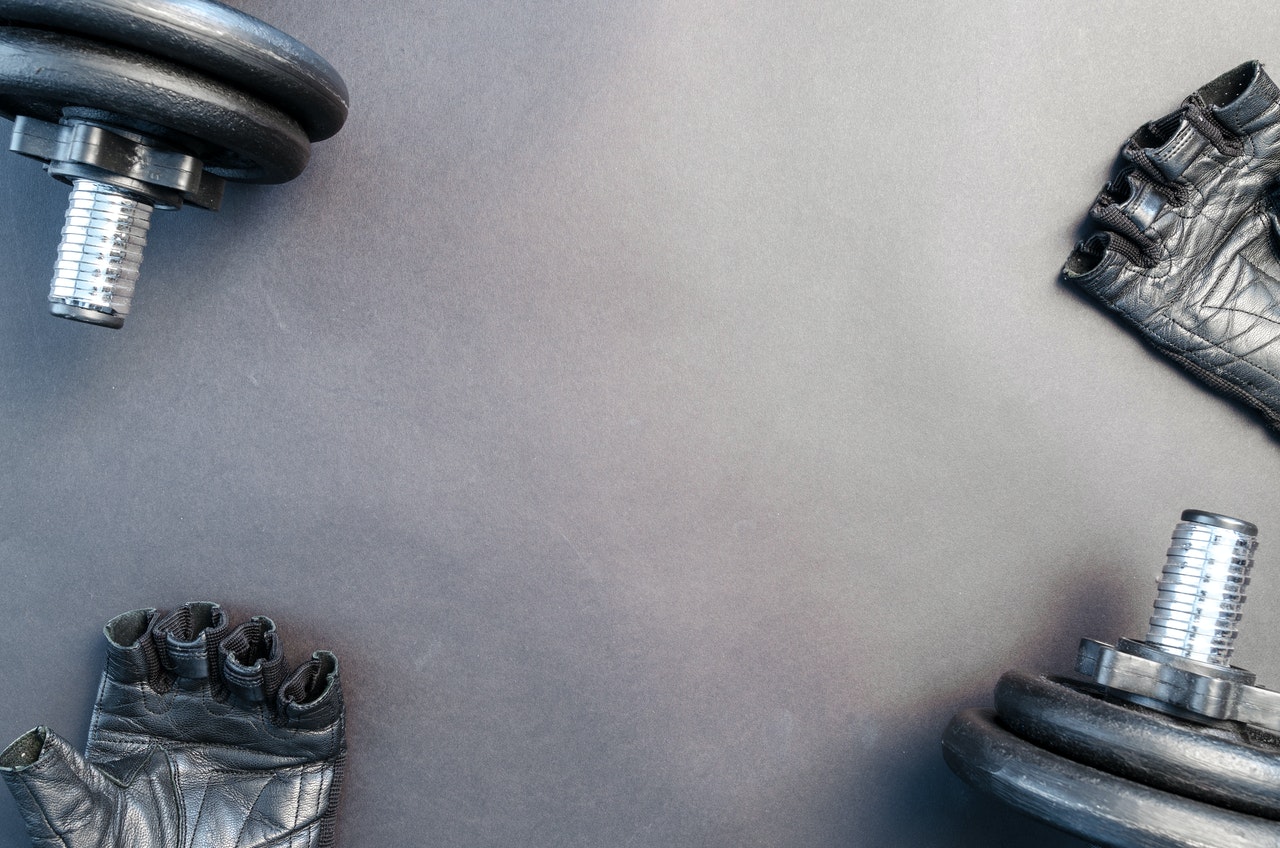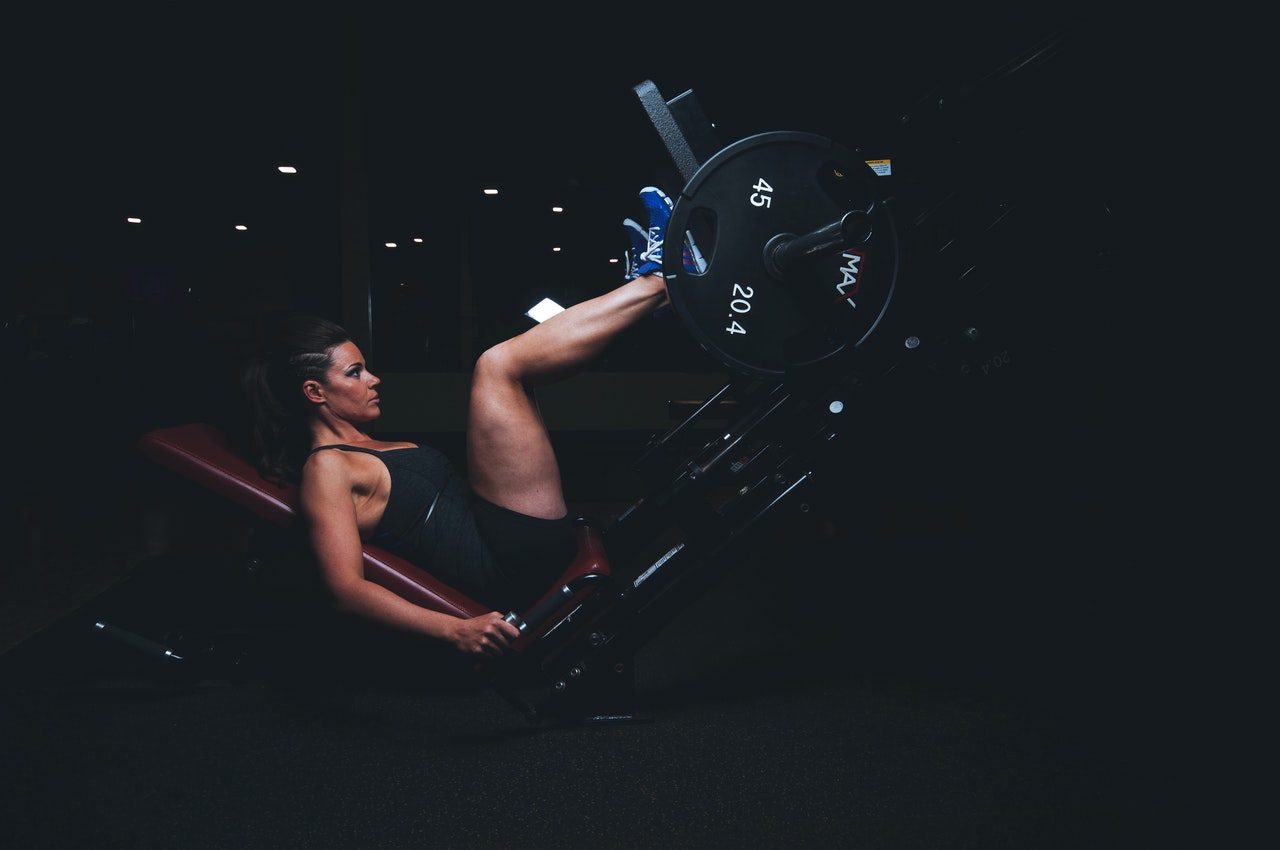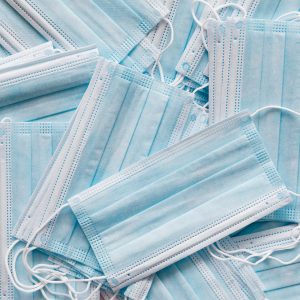In the world of amateur and semi-professional bodybuilding, steroid use has traditionally been seen as a two-edged sword. [Citation needed] [Citation needed] While there is a school of thinking that discourages the use of performance boosting chemicals, there is another school of thought that holds these compounds up as the key to quick gains in muscle mass.
Many high school teachers of physical education include a dire warning about the perils of anabolic steroid use in the information that they impart to their students about weightlifting. Despite this, young athletes see the athletes they look up to, whether they be bodybuilders or baseball players, utilizing performance-enhancing chemicals. The obvious question is this: how much of that fame and achievement was attributable to the athlete’s natural skill, and how much was attributable to the aid of performance enhancing substances? Find out more here.
The Role of the Internet in the Sales of Steroids
In the United States, the illegal possession of anabolic steroids without a valid prescription was made into a federal crime in the year 1991. The emergence of the Internet as a worldwide marketplace by the middle to late 1990s resulted in a proliferation of anabolic steroids and steroid alternatives that were made available for purchase from nations in which the use of anabolic steroids was still allowed without a prescription.
Steroid alternatives’ proponents argue that a number of substances that are not directly related to synthesized or anabolic steroids offer many of the benefits of anabolic steroids, such as an increase in muscle mass and a metabolism that is geared toward burning fat, but without the harmful effects of anabolic steroids. These benefits include an increased ability to burn fat and a metabolism that is more efficient at breaking down fat. Hormonal abnormalities, liver damage, and raised levels of “bad” cholesterol are just some of the potentially harmful side effects of this medication.

In spite of this, professional sportsmen have turned to steroid use, whether it be for legal or illegal purposes, in order to gain muscle and get an edge in their sport. And the rest of the world looks on.
For example, there is no universally agreed-upon definition of what constitutes a “illegal” substance in the sport of competitive bodybuilding, which is one of the many examples given. Instead, different bodybuilding federations have different rules about whether compounds are prohibited by regulatory agencies. It is widely believed that professional bodybuilders make widespread use of illegal anabolic steroids as well as compounds known as prohormone and diuretics, all of which are substances that are normally banned by natural bodybuilding organizations.
Yet Another Philosophical School
Natural bodybuilding groups, as the name suggests, have an emphasis on both physical fitness and nutrition in order to create a level playing field for those who are interested in molding their bodies. These organizations frequently extend their competitions to include categories for related types of body aesthetics, such as figure, female physique, junior level, and physically handicapped competitors. A few organizations have their very own drug testing protocol that they administer to participants. Many of these federations have decided to publish a list of prohibited substances on their websites in order to make their policies as clear as possible to their members. There is no guarantee that these will include products that are commonly referred to as steroid substitutes.
Steroid substitutes are available in a variety of over-the-counter substances, which are sold in virtually all health and drug stores. However, not every one of them has the same name or was made in the same way. The products “TREN-Xtreme,” “MASS Xtreme,” “ESTRO Xtreme,” “AH-89-Xtreme,” “HMG Xtreme,” “MMA-3 Xtreme,” “VNS-9 Xtreme,” and “TT-40-Xtreme” were listed in the Warning Letter that the United States Food and Drug Administration sent to American Cellular Laboratories Inc. in the summer of 2009. According to the Food and Drug Administration (FDA), these products falsely claim to include steroid-like chemicals while, in fact, they contain synthetic steroid compounds that cannot be sold legally since they are not universally acknowledged to be both safe and effective. According to the Administration, the items are also misbranded because the label does not provide proper guidelines for use and contains deceptive information about the product.
Products that fall under the category of steroid alternatives do not come without their own set of inherent dangers. And it’s possible that federal authorities will start looking at them with a more critical eye as individual goods start raising red flags. However, the very existence of the market is evidence of a widespread desire among athletes to experience rapid improvements in their muscular mass, strength, and stamina—a desire that is greater than the associated dangers.





